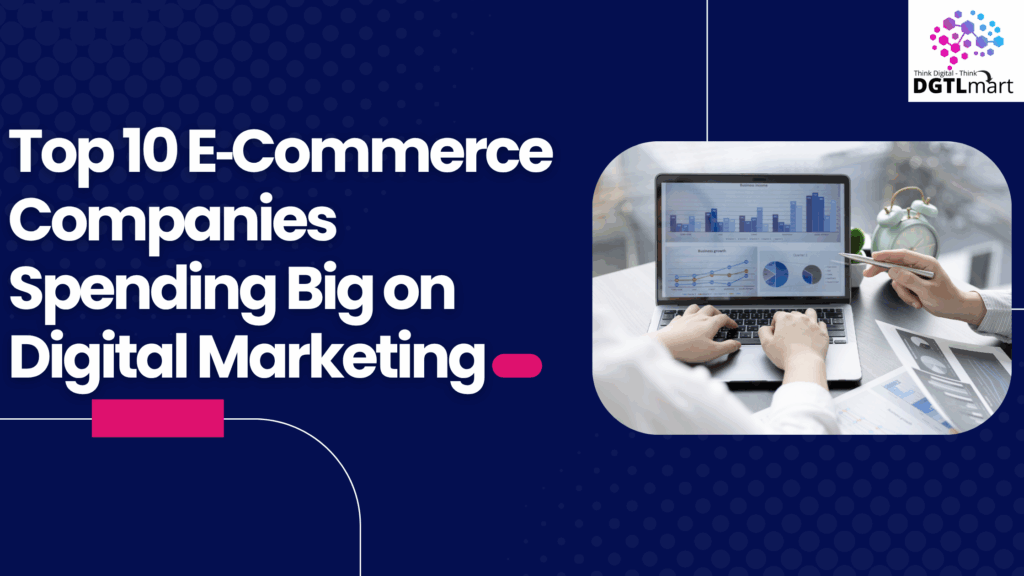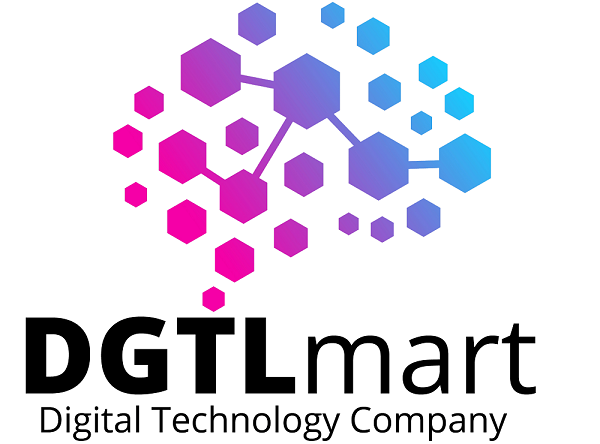Top 10 E‑Commerce Companies with the Highest Digital Marketing Budgets

Here’s a detailed breakdown of the biggest spenders and how they use digital marketing to drive growth:
1. Amazon India
Amazon tops the list as India’s largest digital advertiser in e‑commerce, reportedly accounting for ~23% of e‑commerce ad impressions in 2024 (Storyboard18).
Key strategies:
- Heavy investments in Google Search Ads and programmatic campaigns.
- Prime Day and Great Indian Festival campaigns drive massive social engagement.
- Influencer and affiliate networks for product launches.
2. Flipkart
A close competitor to Amazon, Flipkart aggressively spends across search, social, and influencer channels (ET Brand Equity).
Key strategies:
- SEO and PPC campaigns for high-intent buyers.
- Big Billion Days as a high-decibel, cross-channel marketing event.
- Integration of video content on Flipkart Video to increase time-on-platform.
3. Meesho
Meesho, a social commerce unicorn, spent a staggering ₹2,579 crore on marketing in FY22 (Inc42).
Key strategies:
- Aggressive social media advertising on Instagram, Facebook, and regional platforms.
- Referral and influencer-driven campaigns targeting Tier 2 & 3 markets.
- Low-cost, high-volume app install campaigns.
4. Reliance JioMart
Reliance uses its telecom and retail ecosystem to fuel e‑commerce marketing (Exchange4Media).
Key strategies:
- Cross-promotion across Jio platforms (JioTV, JioCinema).
- Deep discounts backed by performance ads across Google and Meta.
- Regional campaigns targeting hyperlocal buyers.
5. Nykaa
Nykaa leads in beauty and lifestyle e‑commerce marketing. Their campaigns are content-first and influencer-driven (Wikipedia).
Key strategies:
- YouTube tutorials & reviews by top influencers.
- Instagram collabs and live shopping events.
- SEO‑optimized blogs for organic traffic (e.g., product care, beauty tips).
6. Paytm Mall
Though Paytm’s primary business is fintech, Paytm Mall drives e‑commerce transactions with aggressive digital marketing (Cpluz).
Key strategies:
- Cashback-led performance campaigns.
- Cross-channel retargeting using Paytm app data.
- Video ads to drive transactions on high-discount days.
7. Snapdeal
Snapdeal focuses on value-driven e‑commerce, targeting middle-income audiences (Inc42).
Key strategies:
- Regional language campaigns to penetrate smaller markets.
- Programmatic and Google Ads for cost-efficient conversions.
8. Pepperfry
Pepperfry dominates in online furniture and home décor, allocating ~70% of its digital budget to search and remarketing ads (Inc42).
Key strategies:
- High-intent Google Shopping Ads for furniture.
- Pinterest and Instagram for design inspiration campaigns.
9. BYJU’S
Though primarily an ed‑tech platform, BYJU’S operates like an e‑commerce giant for learning subscriptions (Cpluz).
Key strategies:
- YouTube ads targeted at parents.
- Celebrity endorsements to boost trust and brand recall.
10. Ola
Expanding beyond ride-hailing, Ola invests in e‑commerce and mobility-led commerce (Cpluz).
Key strategies:
- App install campaigns for Ola Electric.
- Collaborations with influencers for new product launches.
Key Takeaways for E‑Commerce Marketers
- Allocate a high share of revenue to digital: Successful e‑commerce brands spend 10–20% of their revenue on marketing (WebFX).
- Diversify your channels: Combine Google PPC, social media ads, and influencer campaigns for maximum reach.
- Use regional targeting: Tap into India’s Tier 2 & 3 cities using vernacular content and local influencers.
- Leverage MarTech: Use AI, analytics, and automation to optimize ad spends and improve ROI.
The battle for e‑commerce dominance in India is being fought on digital platforms. Brands like Amazon, Flipkart, Meesho, and Nykaa are proof that sustained investment in digital marketing delivers visibility, engagement, and conversions.
For growing e‑commerce brands, the lesson is clear: go beyond basic ads—integrate SEO, performance marketing, influencer outreach, and programmatic campaigns to build a scalable, data-driven growth engine.
